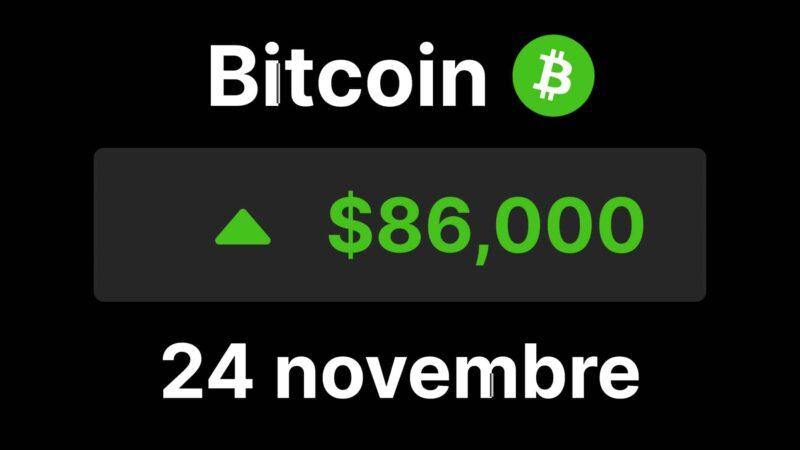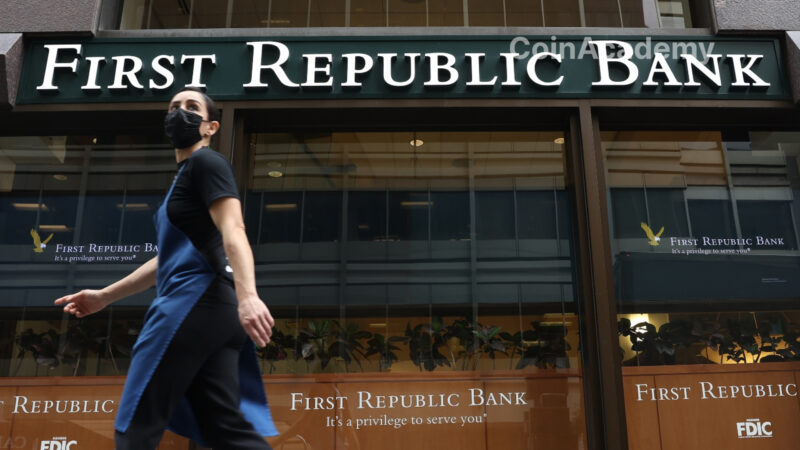The impact of MiCA regulation on stablecoins in Europe
The implementation of the Markets in Crypto-Assets (MiCA) regulation in Europe is causing major changes in the stablecoin market. As a result of these regulations, platforms like Crypto.com and Coinbase are removing Tether’s USDT and other digital assets from their offerings. Tether has expressed dissatisfaction with these actions, warning against the consequences of a rushed implementation of the rules.
The direct impact on European users
Starting tomorrow, January 31st, Crypto.com will delist USDT and nine other tokens to comply with MiCA requirements. This follows similar actions taken by Coinbase, which removed USDT from its platform in December 2024. For Tether, these actions could weaken the European market and increase risks for users.
MiCA: A contested regulatory framework
Tether recognizes the importance of regulating the crypto sector but criticizes some provisions of MiCA that complicate the operation of European-licensed stablecoins. The company regrets that the current regulations do not sufficiently consider the differences in stablecoin usage between Europe and emerging markets. While USDT is a cornerstone of crypto transactions in many regions, its adoption in Europe remains challenging.
A challenging transition period for platforms
Crypto exchanges must adapt quickly to comply with MiCA. Coinbase has already delisted eight tokens and plans to reassess their compliance before considering reintegrating them. Meanwhile, Crypto.com is adjusting its services by significantly reducing access to non-compliant stablecoins while allowing their sale until March 31st, 2025.
Tether’s strategy in Europe
Despite its criticisms of MiCA’s implementation, Tether is committed to respecting the evolving European regulatory framework. The company is actively developing a specific strategy for the European market while continuing to innovate with projects like Hadron and Quantor, designed to be compatible with MiCA. As the European Securities and Markets Authority (ESMA) intensifies pressure for a complete ban on non-compliant stablecoins by the end of the first quarter of 2025, Tether is striving to adapt to this new era while defending its interests in the European market.



